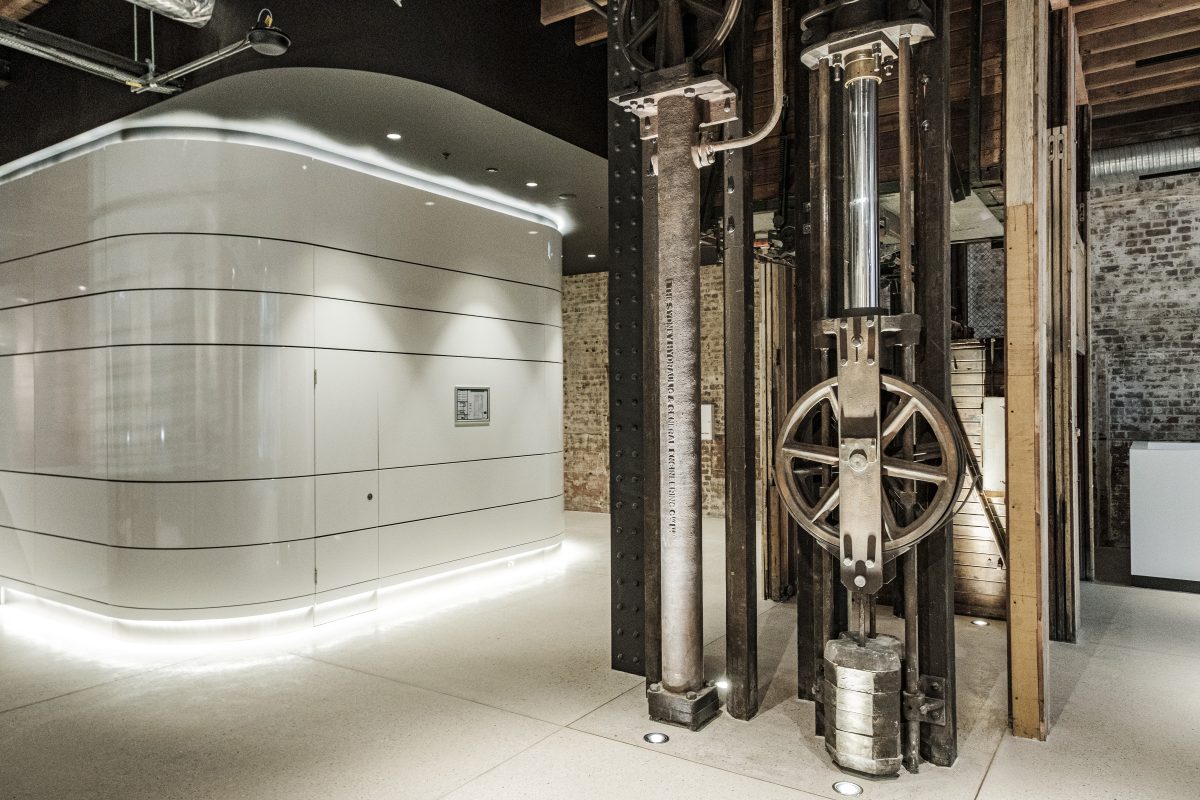Dismantling the smoke and mirrors around Digital Engineering

Digital Engineering (DE) has the potential to transform the construction industry. Projects of all sizes and across all sectors can benefit from applying DE principles and tools.
However, one of the biggest barriers that prevents organisations from implementing DE into construction projects is a misunderstanding of key concepts and technologies, which can lead to inconsistencies in how DE is applied within the industry.
To advance the industry forward, Built has released its Insiders’ Guide to Jargon: Dismantling the Smoke and Mirrors around Digital Engineering report to demystify DE and increase literacy in this space.
“DE has the power to make our sector more transparent, safer and efficient but it is often perceived as too complex or costly to implement,” said Built’s Head of Innovation, Ramsay Horton.
“This is why we want to share what we’ve learnt so far through our DE series, so we can help others embrace DE tools and processes, and we can begin to evolve our industry together. If we want DE to become business as usual, we need to make sure everyone understands the language being used. This is why we’ve developed our DE report, to help make this information more accessible.
“In this first article, Insiders’ Guide to Digital Engineering, our team of inhouse DE specialists have compiled definitions of common terms and concepts, to help more of the industry to further enhance their understanding of DE,” said Ramsay.
One of the key authors of the report, Alun Welsh, Digital Engineering Manager at Built, believes that encouraging a broad understanding of DE will see a shift towards improved collaboration across the industry.
“Our goal is to empower everyone involved in the delivery of a construction project to have an understanding of DE. This will help evolve the industry and create greater consistency providing flow on of benefits to builders, clients, consultants, sub-contractors and trades. We will really see the impact of collaboration when these different teams can share knowledge and work off the same digital models.”
Alun Welsh, Digital Engineering Manager



